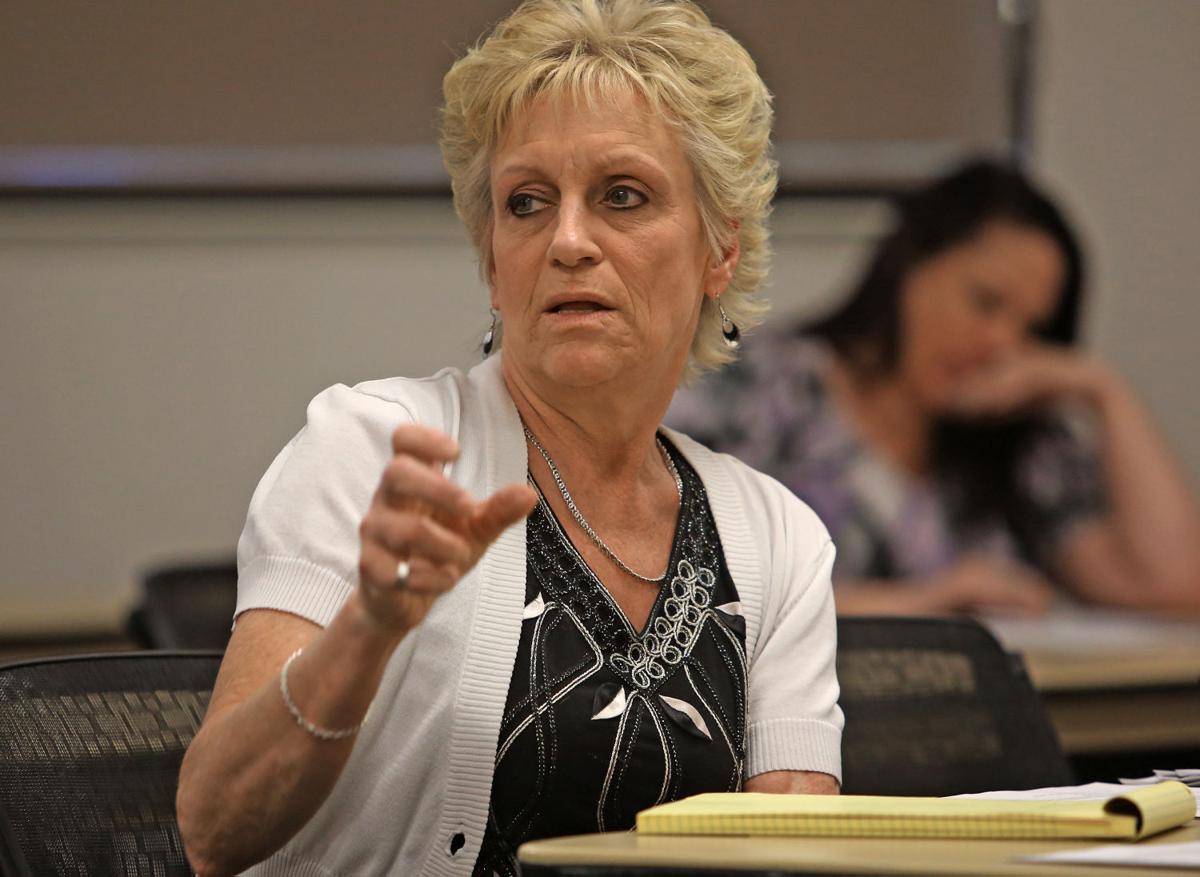With the number of local deaths from drug overdoses now outpacing that of motor vehicle crashes, there’s a growing concern both in Tucson and nationally about prescription pain medications.
Arizona ranks sixth highest in the nation for individuals misusing and abusing prescription drugs, says Alyssa Padilla, a special projects coordinator at the University of Arizona’s Mel and Enid Zuckerman College of Public Health.
The Pima County Medical Examiner in 2013 handled 327 deaths due to overdoses, with the vast majority occurring because of opiate drugs, including oxycodone, morphine, heroin and hydrocodone.
By comparison, the office completed 197 autopsies on people who had died due to a motor vehicle accident in 2013, the most recent year for which complete data was available.
Dr. Cara Christ, the new director of the Arizona Department of Health Services, says reducing prescription drug abuse in the state is one of her top immediate priorities because it is destroying too many lives.
In Pima County, a group of local health providers, rehabilitation specialists, pharmacists and others are tackling the problem of prescription drug abuse.
The coalition, formed in October, is called the Pima County Medicine Abuse Prevention Initiative Collaborative (MAPIC). One of MAPIC’s key objectives is increasing provider participation in the state’s prescription drug monitoring program.
And to prevent drug addiction and the number of overdose deaths, officials are raising awareness through educating parents, providers and students.
The U.S. Centers for Disease Control and Prevention reports that every day in the U.S., 44 people die from overdoses of prescription painkillers.
Five fast facts to know about prescription drug abuse in Pima County:
1
Prescription drug abuse is tied to heroin use.
“Heroin is an opiate, so if someone is cut off from their prescription drug supply, they will often turn to heroin,” said Amy Bass, director of prevention at the Pasadera Behavioral Health Network.
“We need to make it more of a public issue so people who haven’t started using heroin don’t start. It destroys lives.”
A key problem with getting addicted to painkillers is that the body’s ability to self-manage pain goes away. Though it’s an illegal drug, heroin is a cheap and accessible alternative when access to prescription drugs is cut off.
2
Kids are trying painkillers.
Nearly 10 percent of Pima County girls and 6 percent of boys who answered the most recent Arizona Youth Survey say they’d tried a prescription pain reliever such as Vicodin, OxyContin, Percocet, or Tylox without doctor’s orders in the previous 30 days.
The percentage for lifetime use was higher, with 17 percent of Pima County high school seniors in the 2014 survey saying they had used prescription pain relievers at least once without a doctor’s orders. The state average was 15 percent.
While trying a prescription drug does not mean a student is abusing it, the data is indicative of students’ access to medications and their willingness to try them.
Nearly half of the students surveyed said they obtained the drugs from friends.
“Teens are more likely not to realize the consequences of addiction,” Bass said.
3
Medicare incentives may be fueling the problem.
New federal payment methods reward hospitals that do well on patient satisfaction surveys. But some health experts say that could have a detrimental effect.
Patients who don’t get their pain relievers will give the hospital a poor rating, putting hospitals that want the financial incentives in a difficult dilemma of trying to please patients, yet also not overprescribing.
4
Most local overdose deaths are among men.
Most overdose deaths handled by the Pima County Medical Examiner’s Office were classified as accidents, and attributed to an overdose of either a single drug or a combination of drugs; 60 percent were men between the ages of 50 and 59.
5
Arizona has a prescription drug monitoring program, but not all providers are using it.
Only prescribers, law enforcement agencies and regulatory boards have access to the program’s interface that can show patterns, such as when someone is getting multiple prescriptions from different providers and filling them at various pharmacies.
Currently, Arizona only has 34 percent of prescribers signed up to access the system, including about 60 percent of pharmacists.
There are no laws that outline if or when prescribers must query the system to check their patients’ medication history.





